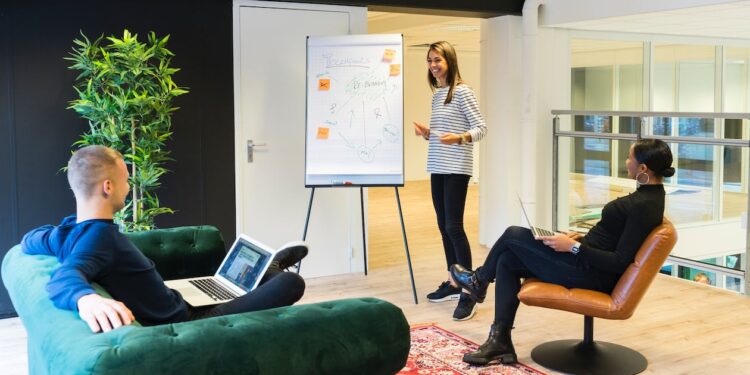
A Comprehensive Exploration of Its Classification As a Hobby. Hobbies are activities that people engage in for their own enjoyment. They can be anything from a popular creative pastime to an active outdoor pursuit. A Comprehensive Exploration of Its Classification As a Hobby. A Comprehensive Exploration of Its Classification As a Hobby.
Many hobbies can morph into a business, and the IRS has established factors taxpayers must consider to determine whether a hobby is a business. These include: A Comprehensive Exploration of Its Classification As a Hobby.
Collecting
The collection as a hobby involves amassing, arranging, cataloging, and displaying objects that hold significance for the collector. Some people may collect only one object, while others have expansive collections that might even include art. The items collected can range from stamps to baseball cards to Beanie Babies. People who collect objects often have a particular interest in the history of the item or the culture that created it.
At an individual psychological level, collectors might be driven by several reasons: the satisfaction of establishing control over a small world of collectible objects; the thrill of the hunt in searching for rare items and bargain-priced treasures; the pleasure of acquiring expertise or connoisseurship; a desire to impress other collectors and peers; the fulfillment of childhood aspirations and a sense of achievement in building an impressive or important collection; and/or recapturing or cultivating memories of happy childhood experiences. Those who disparage collectors are likely to have either gendered or class-related prejudices; for example, Remy Saisselin argues that in nineteenth century France women who collected were seen as mere buyers of bibelots while male collectors were considered serious aficionados with purposeful and meaningful visions.
Despite these explanations for the appeal of collecting, critics point to the potential negative impacts of the hobby on society as well as its association with consumerism. Many collectors, however, disagree and defend the hobby as an activity that enlivens their lives.
Participating
In a world of ever-increasing material abundance, participation is increasingly a valued value in open societies. It enables people to identify challenges and opportunities, build solidarity, identify strategies and solutions, and take action to affect change. It also drives economic transformation that increases opportunities to participate, while challenging oppression and discrimination.
The IRS has specific guidelines for determining whether an activity should be classified as a hobby or a business, and there is a good chance your tax return will include a discussion of how those rules apply to your activities. The primary factor is profitability, and the IRS looks for proof that you are running your activity with a profit motive, such as showing that your income is significantly higher than the costs of your activities or keeping extensive records that demonstrate your dedication to making a profit.
Over the years, many taxpayers have misclassified their hobbies as dedicated businesses in order to obtain more generous expense deductions and more tax loss carryover options. The IRS has long taken a dim view of this practice, and it is possible that your misclassification could result in costly penalties.
Making & Tinkering
The hands-on approach to learning that is at the heart of the Maker Movement and other innovative learning environments emphasizes tinkering. Tinkering allows students to play with materials and tools to explore their curiosity, discover connections, and solve problems in an open-ended, flexible environment. Tinkering also helps kids build fine motor coordination and develop critical thinking skills.
When young kids are tinkering, they don’t think of themselves as “making”; instead, they’re simply playing. When children are playing, they don’t worry about making mistakes; instead, they take risks and follow their imaginations. In the classroom, tinkering is a powerful way to foster this same mindset in students.
While tinkering encourages kids to take risks, teachers should still strategically plan for errors so that students see them as normal and recover from them. For example, if students are learning about circuits, it’s important to include circuit blocks in their tinkering activities so that they can easily connect and experiment with different components of the system. This will help them build a deeper understanding of how each component influences the brightness of the bulbs, speed of the motors, and the volume of buzzer tones.
The tinkering phase also encourages kids to explore the limits of their materials, which teaches them about how different parts of an object interact. This will allow them to find more creative solutions when their first ideas fail.
Investing
Investing has been around for millennia but has become more popular since the 17th and 18th centuries when public markets were established to connect investors with investment opportunities. The 21st century has also opened up investing to more people with the proliferation of discount online brokerage firms and free-trading apps like Robinhood. It’s important to remember that investing is different from saving, in which you’re simply putting money aside for the future but investing is more active and geared towards returns beyond your initial investment. Typically, investments involve a more modest amount of risk than speculation and price appreciation plays a smaller role in their returns needs read more hear.



















